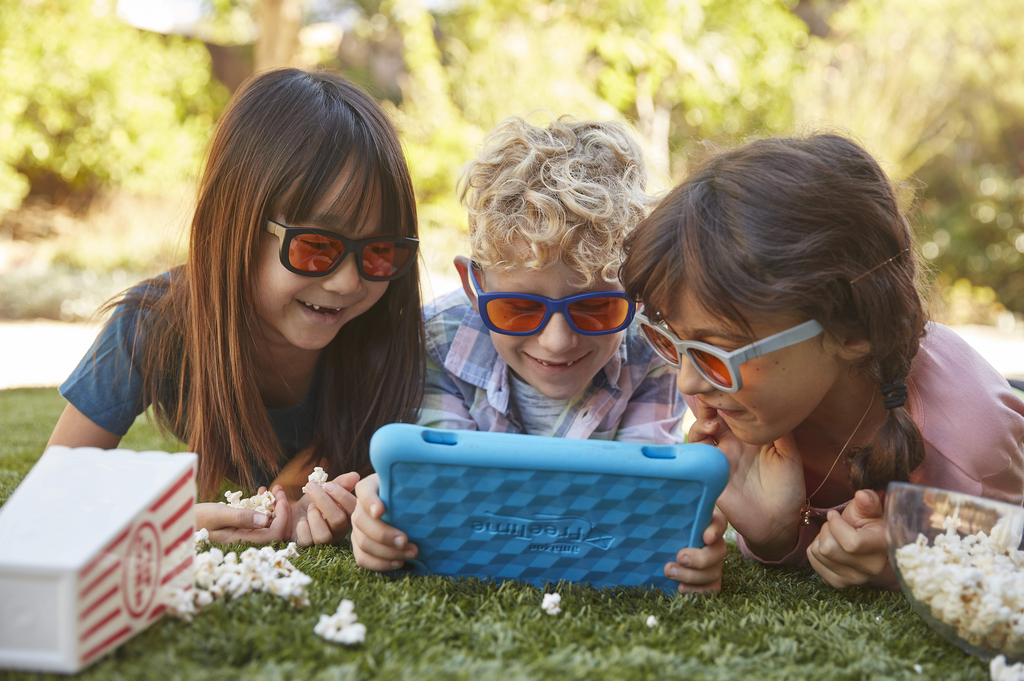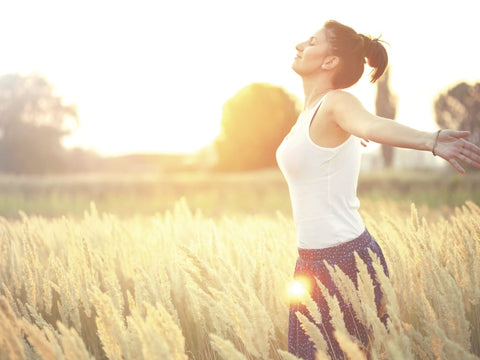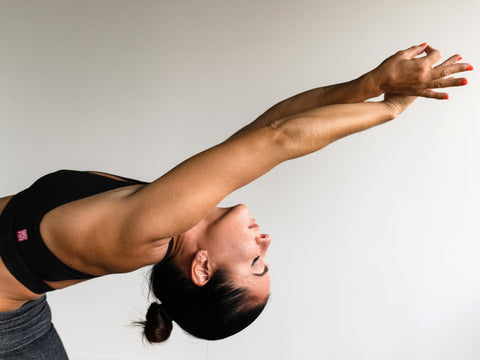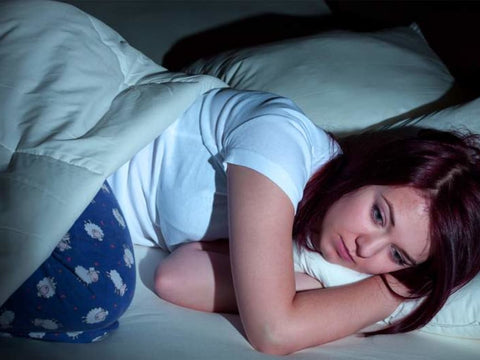Thanks to distance learning, tablets, and an entire Internet full of videos to watch, the day-to-day activities of children today look a lot different than they did even just five years ago.
Kids are doing a majority of their learning, playing, and exploring online—and while devices are a great way to help kids broaden their horizons, too much screen time can also be harsh on young eyes.
The effects of digital technology on children are still being studied, but according to the American Optometric Association, not only do children experience similar side effects—including eye strain, light sensitivity, sleep issues, and more—but they may also be at higher risk for blue light retinal damage than adults.
That being said, it's harder than ever for families to prioritize sleep. Technology is entwined in everything kids do, from learning new concepts to simply telling time.
Yes, all these technology-driven aspects of modern life are amazing! And no, leaving them behind isn't an option anymore.
Protective eyewear, like SafetyBlue™ Jr. day and night blockers, can help ensure that your children’s eyes are protected from harsh blue (and green) light so they can get the sleep they need.
Here are a few critical reasons to protect your children’s eyes from blue light.
Blue and green light tricks the brain into thinking it’s daytime.
Blue blockers are on everyone's "to buy" lists nowadays, but it’s not commonly known that green light has also been proven to interfere with sleep. Most blue blockers can't tell you the percentage of blue light blocked, let alone if they block any green light, so essentially they are only doing half their job.
Ever notice your kids have a hard time falling asleep after scrolling through their phones late at night? You can blame blue (and green) light for that.
The high energy bright light emitted from laptops, phones, and tablet screens affect little retinas the same way that daylight would—which can get in the way of the bodies’ production of the natural sleep hormone melatonin, which trips up’ circadian rhythms.
Sleep loss can cause significant health and behavioral problems.
For kids, a regular sleep schedule is especially important. According to the Sleep Foundation, sleep loss in children is associated with inattentiveness, poor concentration, and poor performance in school. Sleep is also especially crucial for healthy growth and immune function, and without it, a child may develop health issues that follow them into adulthood.
Kids don’t have an on-off switch, but SafetyBlue™ Jr. day and night blocking glasses, coupled with apps like f.lux which when the sun sets, make their computer look more mellow like ambient indoor lighting, can set them up for increased chances of winding down in the evening, even if they’re still using screens (which most likely they are).
Too much screen time can lead to eye strain and many more health issues down the line.
A long day at work can leave Mom or Dad with a headache and tired eyes, but too much time looking at screens can have a worse effect on children.
With tablets and laptops playing such a crucial role in children’s education (whether they’re remote or learning in the classroom), kids are at increased risk for dry, sore, or irritated eyes caused by blue light exposure. This in turn leads to grogginess and an inability to concentrate, which in turn affects their stamina and willingness to learn.
Blue light blockers aren’t just for grown-ups.
Since blue and green light exposure affects people of all ages, protective eyewear should be designed for people of all ages. That’s why SafetyBlue™ created blue-blocking eyewear specifically for kids, which is lightweight, child-proof, and–the best part—bendable.
Ambient Nights Jr. is used at nighttime to block blue and green light in the hours when your body is ramping up melatonin production and, therefore, needs fewer false indicators that it's still daytime.
Balmy Days Jr. has a lighter lens for daytime wear when you need more blue and green light to stay awake and active. They block enough to prevent eye strain, but not so much as to make you sleepy.
Screen fatigue, twitchy eyes, and fry-eye is real and leads to more unwanted issues down the line like inattentiveness, poor concentration, and poor performance in school.
The effects of blue light exposure affect digital device users of all ages—but the same simple and inexpensive strategies that can help adults can keep kids’ eyes healthy, too!




